In this post, I will show you how to Find Your Mexican Ancestors Using Church Padrones.
But first, what is a church Padron?
It basically is a church census, but it is not just any census.
It is a census of the whole parish under a particular church and for this, I am forever grateful for the Catholic church.
Their meticulous record-keeping has allowed me to trace some family lines back to the 1500s.
When doing your Mexican genealogy research church padrones can be the difference between finding your ancestors and not finding them.
Unfortunately, you will soon discover that not all churches have one, just cross your fingers that the one where your ancestors lived did.
As I have mentioned in the past my area of focus is South Texas and Northeastern Mexico, especially the states of Nuevo Leon, Coahuila, and Tamaulipas. In this particular post, I will be talking about the Church Padrones of Ciudad Mier and Revilla (present-day Guerrero).
I wish I could go state by state and church by the church and provide a complete listing of what churches have surviving padrones but as you may have already concluded it is impossible to do so for one person.
The only thing that I want for you to learn from this article is for you to be aware that these records exist, where to go looking for them online and to read one example of how they have helped me in my own research.
Hopefully, this example will get your ideas flowing as to how you can apply padrones to your own research.
Find Your Mexican Ancestors Using Church Padrones
The first thing you need to do to find your Mexican ancestors using church Padrones is to go to familysearch.org and then go to search. Once there click on the link that says “Browse all published collections” and then under place click Mexico. You will then see a listing of all the Mexican Civil and Church records.
For the sake of this example go to Tamaulipas Catholic Church Records. Once there click the link located towards the bottom “Browse through 199,328 images”. Finally click the name of the Municipio that your family came from, in this case, Mier, then the church “Inmaculada Concepción”.
If you followed the steps correctly you will see the following on the screen. Note I highlighted the Padrones.
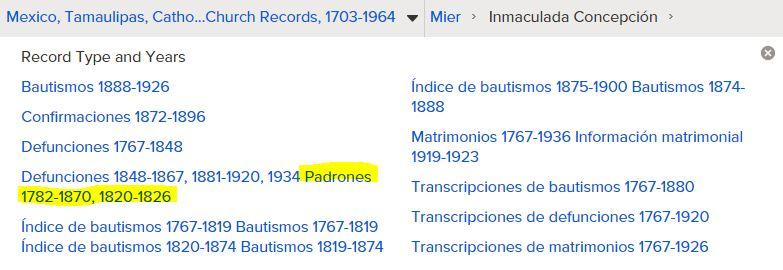
Let me just warn you, sometimes the padrones are not listed but they are in between collections of church records. Doing a search on all records by jumping 50 pages at a time can sometimes help find these records.
This is how half a page of the padrones looks like. As you can see it includes whole family groups. These records will be invaluable in your research.
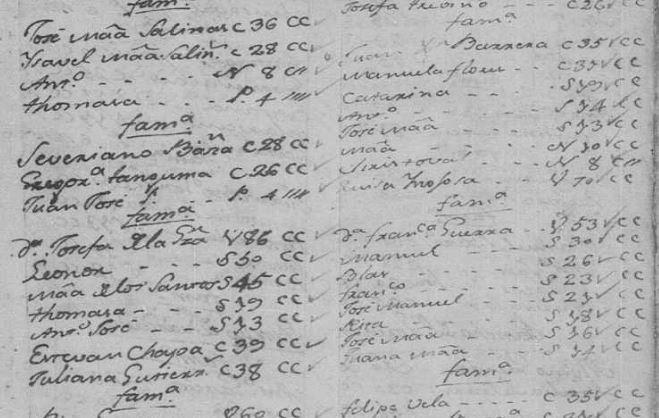
How They Helped Me Out
For over ten years I could not locate the parents of my 3rd great grandfather Rafael Garza but I did find a clue on his death record. His mother’s maiden name was Sanchez and it mentioned his age at death so I had a pretty good idea of when he was born.
Soon afterward I discovered the Mier padrones and there it was. There were only two Rafaels living in that time period and only one of them had a mother with the last name Sanchez. His parents were Jose Rafael de la Garza and Maria Tomasa Sanchez. The other Rafael’s mother was a Cuellar.
As you can see this is only one example. I have already brought down several brick walls using the church padrones. Remember these documents are a great resource but the first thing you need to do is find out if for your particular area there are any. If there aren’t any make sure to check the surrounding towns since many times the church jurisdictions tended to change from time to time.
Another tip to find your Mexican ancestors using church Padrones is to look for published Padrones.
Some examples are the books of the Mier Padrones and the Revilla/Guerrero Padrones.
Finally, don’t forget that these records are were made throughout Mexico.
Presentation on Church Padrones
Snapshot in Time: Your Family in Spanish Colonial Censuses
Other Articles About Mexican Padrones/Census Records
- How to Easily Find Census Records for Mexico
- Using the 1930 Mexican Census to Find Your Mexican Ancestors
I hope that after reading this post you learned how to find your Mexican ancestors using church Padrones.
Any questions or comments please let me know by writing them in the comment section of this post.


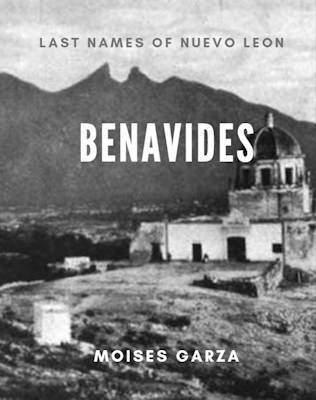

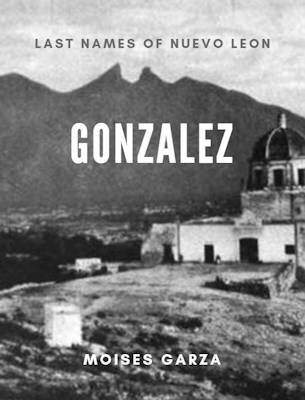
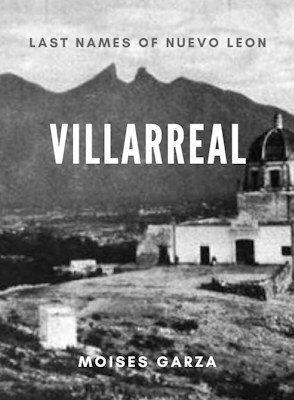

Thanks for the information Moises. I have been pretty successful finding good information in the Mexican church and civil records. I will check to see if any of my Mexican parishes have Padrones.
I hope you found some since they have great information.
Hi! This is quite an interesting blog you have here. I have at least one ancestor who is Mexican, I know two of his names (I think they’re his first name and one surname, but I can’t be sure), the year he was born and what part of Mexico, but I have not been able to find out any more information (such as who his wife or parents were). He had migrated and I have his children’s names, but, like I said, no information about their mother
I think I will try to check the padrones for the area he was from, but, do you have any suggestions how I can find out his second surname?.
Look in the American side first. Look for obituaries, read what his grave says, and search the local newspaper.
Thanks for the tip Moises.i didnt think about the person being male would use the mothers maiden name.i suppose it was common.
Thanks a lot for the information. I have been doing genealogical research for about 10 years and I found a wall on my way to find my great grandfather parents.
I remember seeing pages like the one the article shows by didn’t know what was it.
I’ll go back, and check those records for the million time.
Thanks again
Thanks for your comment.
Were the padrones done only for the 1700s and 1800s and not for the 1900s? When did Civil Registration start– right after the Revolution against Spain?
I have not seen any after the 1800’s and the civil registrations tarted in 1860
The word, CHOSE, is in the past tense. You are using it in the present tense, and this is very confusing, I finalyy figured it out because I couldn't understand what you were saying at first and I gave up.
I changed them to “click”, thanks for pointing this out.
Can I get translated copies from Spanish to English?
For that, you will ned to find someone to help you out or hire a professional translator.
Thank you for this information. Some of my tia abuelas remained in Monterey, my father lived there for a short period of time before returning to EEUU. My grandfather's family was from Mier y Noriega, Guanajuato and sometimes in Cerros Blancos before living in Monterey. My grandmothers family were Cortez or Cortes.